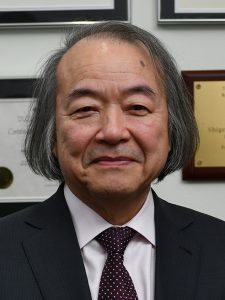Cell therapy for Fuchs’ dystrophy
Bright future ahead for treatment of corneal endothelial dysfunction

Dermot McGrath
Published: Thursday, December 3, 2020
 Shigeru Kinoshita MD, PhD
Shigeru Kinoshita MD, PhDBright future ahead for treatment of corneal endothelial dysfunction

Published: Thursday, December 3, 2020
 Shigeru Kinoshita MD, PhD
Shigeru Kinoshita MD, PhD